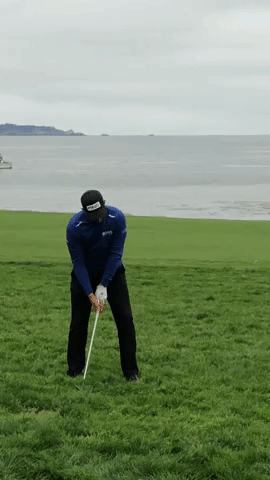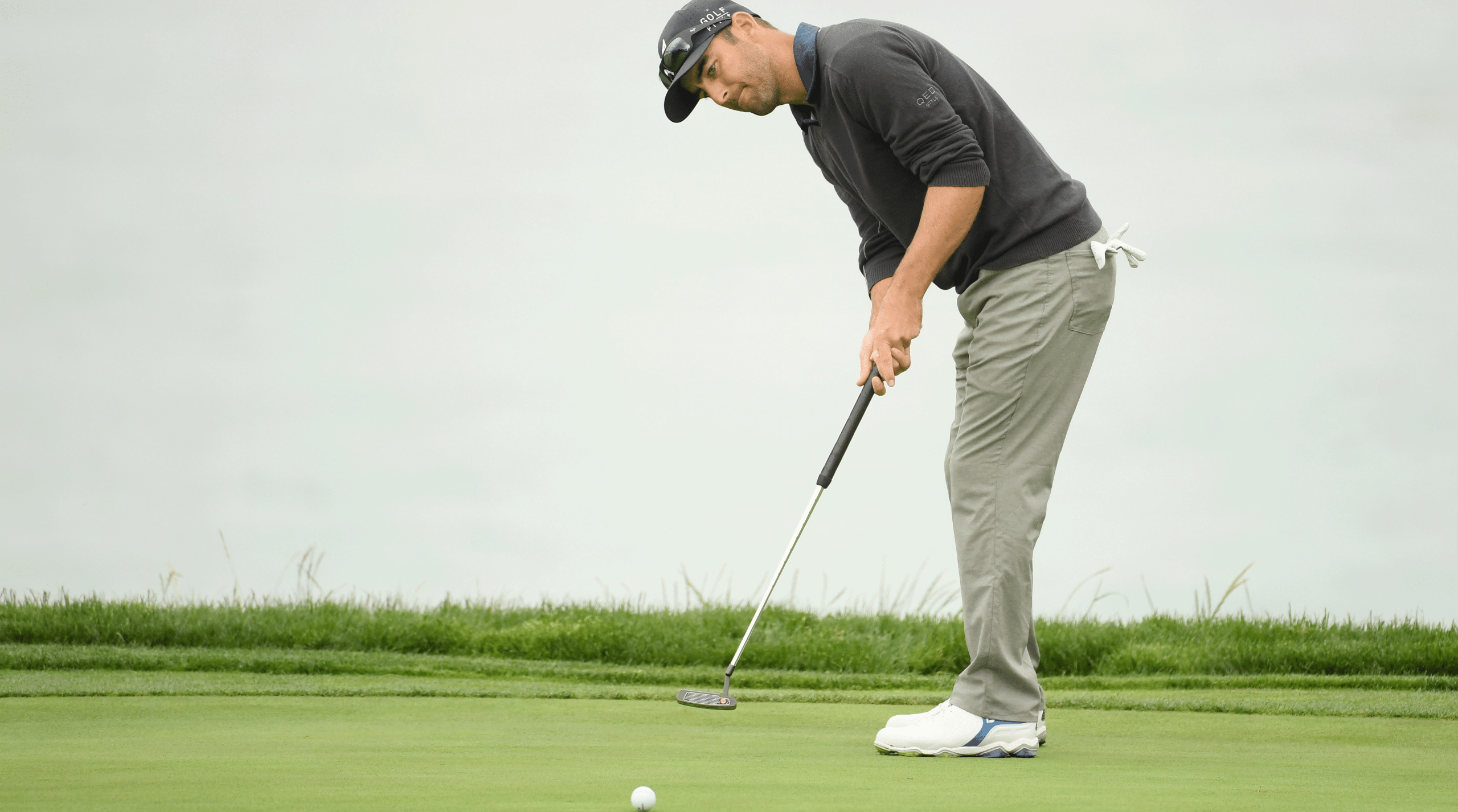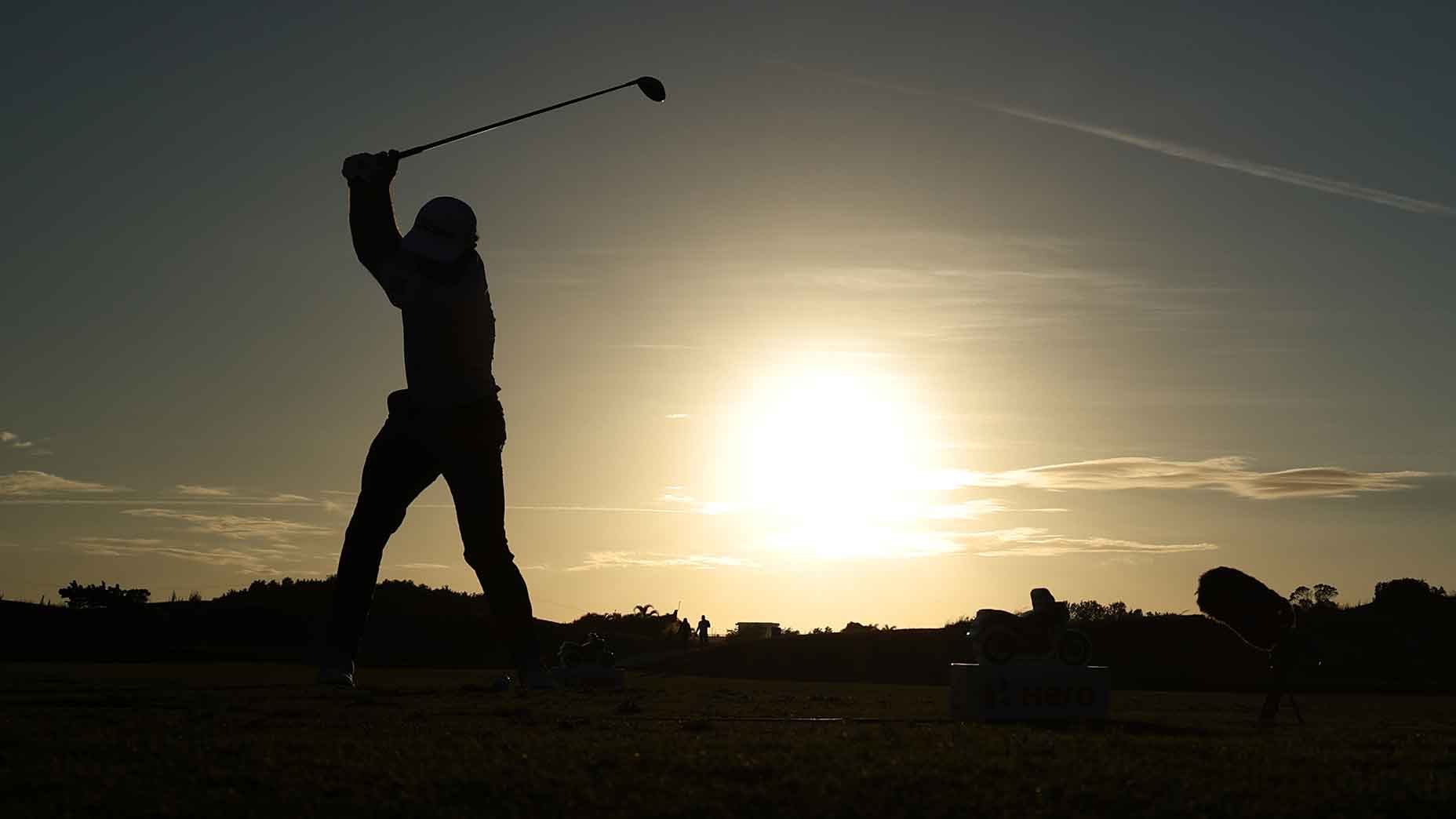 5 key tips for 2026: How to escape every bunker
5 key tips for 2026: How to escape every bunker
U.S. Open 2019: 5 shots tour pros have (and how you can hit them)
It has been fun to watch the great players hit so many amazing shots this week at the U.S. Open. I spent the week watching so many wonderful players, and there are particular shots and skills that they execute extremely well that many golfers could learn as well.
1. Solid Tee Shots
While not all of the tour player’s tee shots are right down the middle of the fairway, they almost always have solid contact. This solid contact comes from great postures and set ups that are particular to their driver.
One of the fundaments I often notice when at an event, is how perfect their golf posture is. They are diligent about getting into a bowing posture where their hands hang right below their shoulders in most cases. And another part of their driver set up that we can replicate is that many have shoulder tilt back away from the target at address. As you watch golfers in person or on television, notice how carefully they set up properly. It certainly pays off with solid driver contact.
Keep a watchful eye on your own set up to help improve your contact. Feedback from your golf professional or even a mirror can be very helpful.

2. Launching fairway shots that hold the green
With the greens being a little softer this week at Pebble, it is fun to see the players hit their shots so high that they can hold the green well.
PGA Tour players generate high speed, making solid contact with the ball and then the turf, and also playing with a premium golf ball that has been designed for control when landing.

The way they do this is by allowing the trail arm to extend and straighten on the downswing. It helps get the club all the way down to the ground, which helps get the ball into the air, making it more likely to hold. Finishing with weight forward will help the proper contact point to be after the ball.
3. Recovery shots back in play
Whether in the deep rough off of the fairway or around the green, or possibly in a bunker or penalty area, the PGA tour players do a great job of getting the ball back in play, with higher percentage choices, and can salvage a par or bogey more often rather than making a high number.
You will often see when they put themselves in a less than ideal position, they may play for the center of the green, rather than pin seeking, to avoid missing the green and making a high number as a result of pushing too hard or trying to hit too difficult of a shot.
This smart decision making often results in a lot of great par putt saves.
To apply this technique to your own game, the first step is recognizing when you are in a difficult situation. An example might be leaving your short game shot on the side of the green that the pin is closest to — short-siding yourself, in other words.
When this happens, you could limit risk by taking a large enough swing to easily clear the edge of the green, go a little past the pin to avoid leaving the ball short and give yourself a guaranteed putt, rather than having to hit a short game shot again.
Trying to hit a “hero shot”, when in trouble, will often get you into more trouble.

ADVERTISEMENT
4. Short game shots that end up very close to the hole
I watched the players this week hit a huge number of pitch shots around the green from good lies and bad. Their ability to control both trajectory and distance was very impressive. They are masters of using the bounce of their club, and this gives them the choice to use this shot as much if not more than a lower and running chip shot.
We can all learn from their technique when they hit their high pitch shots in that they set their club properly on its bottom and also do a great job of swinging the club head so that their club shaft is very neutral at address, ensuring the club will not dig.

I believe the bigger lesson here may not be as obvious. A lower and running, chip shot is so much easier than a high shot due to the fact that this motion is typically a much smaller stroke and therefore lower maintenance.
5. Great technique even on their short putts
The tour players make most of their shorter putts five feet and in. But watch the time they take…they do not rush, and most often they go through their full putting routine.
Many have also spent a lot of time practicing aiming their putter face properly, setting up well and rolling the ball on the line that they aim. Many are practicing with practice guides that give them feedback, so they are confident when on the course and having to make these putts.
One of the things we can emulate is their ability to complete their stroke, staying very still and then and only then, turning their head and eyes to see the result.
This can be difficult but it is particularly important on short putts to eliminate body motion that can keep the ball from rolling where the putter face is aiming.

There certainly is a lot to be learned from the best players in the world. There is a lot of work behind the cameras that certainly makes this possible.
Being realistic, and a teaching professional who has the privilege to teach many golfers of different abilities, my biggest takeaway is the level of focus players practice with. It’s something golfers can do themselves to improve their entire game.
If we could just slow down a little bit and add some quality time to our practice and our warm-ups, we can continue learning from the best players in the world and ourselves.
ADVERTISEMENT




